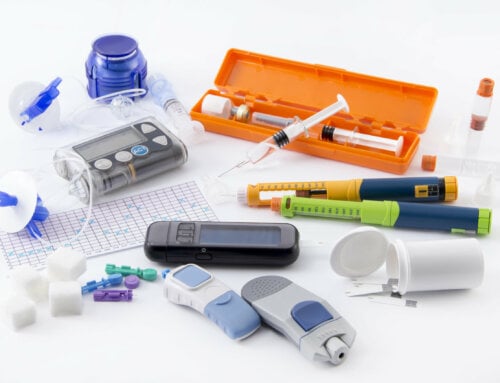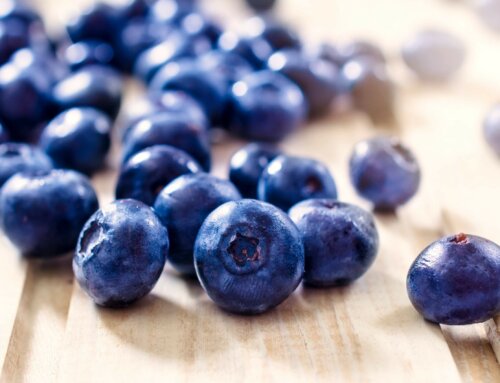Although people with diabetes type 1 depend on insulin, proper eating is also extremely important to your overall health. Eating the right foods can help ward off potentially dangerous blood sugar fluctuations and related complications. Learn the proper eating habits to develop when you have diabetes type 1.
- Eating the right foods simply involves understanding the basic food groups with a bit of planning. Choosing the proper foods is as important as exercising daily, taking your medication and insulin and checking your blood sugar regularly.
- Understanding how carbohydrates break down plays a major role in successful meal planning. As compared to protein and fat, carbohydrates have the greatest impact on your blood sugar. With type 1 diabetes due to the lack of insulin the body can’t get the sugar from what we eat out of our bloodstream to travel into the cells. If left untreated eating too many carbohydrates can cause your blood sugar levels to soar. People with type 1 diabetes must inject insulin to regulate blood sugar levels. It is also important to count the amount of carbohydrates you consume per meal each day. Be aware of the amount of carbohydrates per serving of food and the amount of insulin needed to handle a certain amount of carbohydrates. Talk to your doctor, diabetes educator, or dietitian about the right amount of insulin and carbohydrates for you. Be aware of the types of carbohydrates including breads, starchy vegetables, cereals, snack foods, potatoes, and pasta. Choose whole grains over high processed white breads and white pastas and other empty foods.
- Besides counting carbohydrates, people with type 1 diabetes should eat a healthy food plan like everyone else. It is important to include a variety of foods. Choose foods that are low in sodium and saturated fat and high in vitamins, minerals and fiber. Eat fruits in moderation since they may have a high sugar content while also being high in fiber and nutrients. Watch portion sizes. Green, leafy vegetables are always a good choice along with lean meats, fish, and low fat dairy.
- Reduce the amount of processed foods you eat such as frozen or boxed meals or side dishes and canned soups. These foods tend to contain less vitamins, minerals, and fiber than whole foods and are usually higher in fat, sodium, and sugar. Avoid concentrated sweets such as candy, pastries, soda, and cake. If you crave snack foods explore diabetic foods that have the proper balance of nutrients with less sugar and sodium.
- Eat on a schedule and stick to it as closely as possible to avoid blood sugar fluctuations. Most people with diabetes type 1 do best eating three small meals daily with two or three snacks mixed in throughout the day. Always check with your health care provider for your personal instructions. This helps to ward off blood sugar highs and lows. Include a half hour of exercise into the day. Consider walking, swimming, biking, or yoga. You can also play with the kids for a half hour or join the local gym. If you use an insulin pump, talk to your diabetes team about carbohydrate counting. Monitor your blood sugar levels at least four to six times each day for information about your blood sugars and how your food intake affects the results.
Proper eating with type 1 diabetes is much like the well-balanced diet recommended for everyone else. Awareness of the carbohydrate and sugar content in foods is essential to balance intake with your dosage of insulin. Healthy foods, daily exercise, and reviewing your diet plan and medications with your doctor can make a big difference in the quality of your life.






Leave A Comment